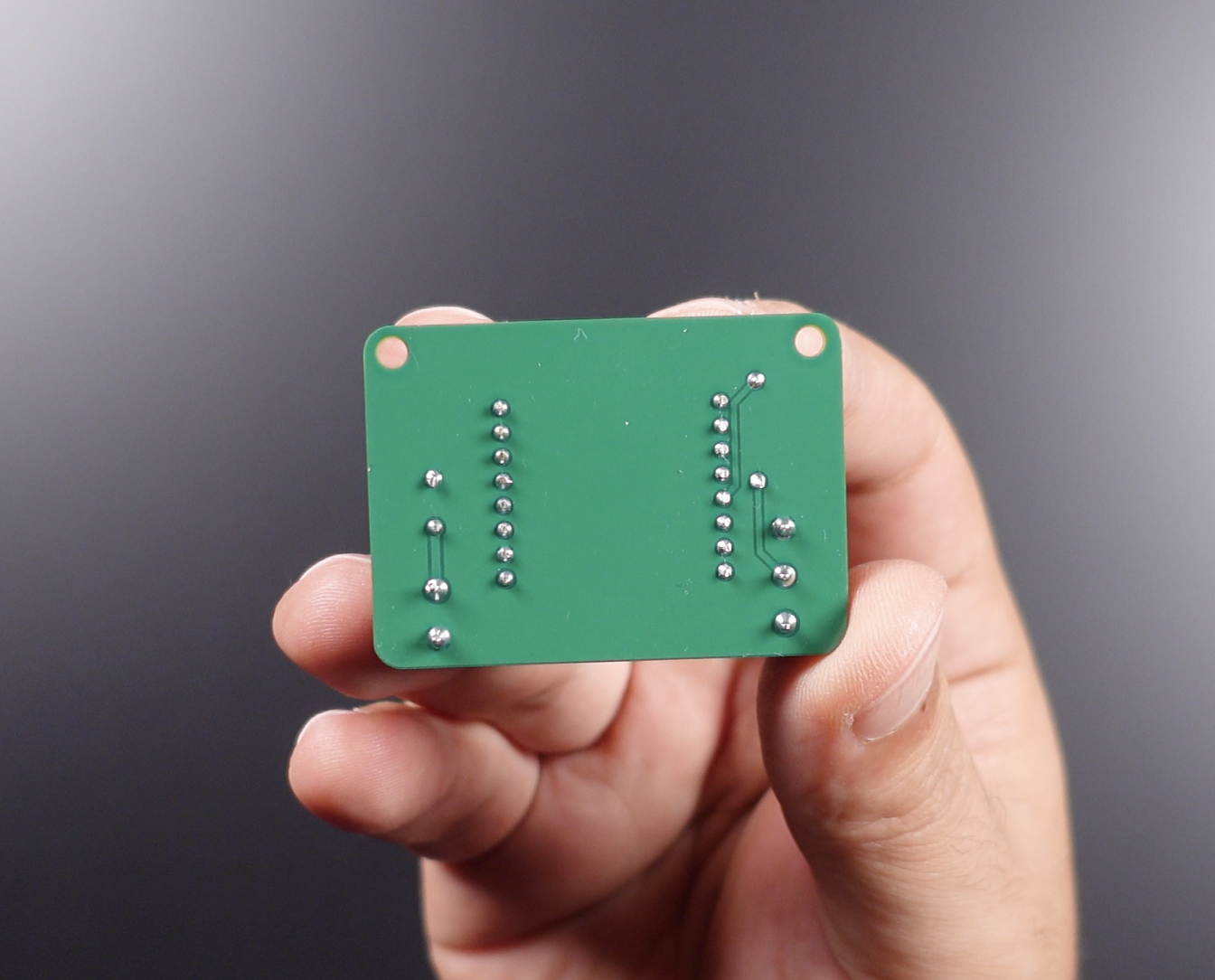Build a Simple 3D Wall Lighting
by MertArduino in Circuits > LEDs
6319 Views, 111 Favorites, 0 Comments
Build a Simple 3D Wall Lighting

Hi friends, this project shows how to make and control 3D hexagonal LED lighting panels. In my opinion, it can be one of the simplest Nanoleaf replicas. Just fix the hexagonal 3D cases together and complete the lighting with an addressable LED strip!
Assemble 3D Hexagonal Cases




I printed 9 pieces of the attached 3D hexagonal case. You can change the number of prints according to your needs. I got the prints in normal quality:
- Layer height: 0.15mm
- Wall thickness: 1.0mm
- Infill density: 10%
- Support: none
It took about 2 hours to print one model according to the specifications of my printer.
Once all the prints were taken, I fixed each case using a hot glue tool. The important thing here is to match the holes for the LED strip to pass through, depending on the shape formed after fixing.
Downloads
Attaching the LED Strip







I used about 4 meters of strip LED for the shape I created with 9 cases. Strip LED is also known as addressable LED and its features are below:
- Model type: WS2812B
- Color: 2812RGB
- LEDs per meter: 60
- Voltage DC 5V
The WS2812B LED strip runs on 5 volts and hundreds of LEDs can be individually controlled via a single input.
First, I insert the LED strip into the crates starting from the end. I move the entire LED strip through the crates until the end of the LED strip reaches the first hole. Then I remove the adhesive tape from the LED strip and fix it in place from beginning to end. Finally, I cut off the excess of the LED strip.
Build a Simple Circuit








There are ready-made LED controllers that you can find in the markets and can be preferred, but if you want to have an open-source project, here are both the breadboard and the printed circuit board circuit I designed. If you have your circuit, you can control and develop your project in many different ways.
Basic components required in the circuit:
- Wemos D1 Mini ESP8266 Wi-Fi Board
- 330 ohm resistor for LED strip data input
- 1000uF 16V capacitor for stable current
When the connections are complete, the circuit runs on 5 volts and about 2 amps. In total 255 LEDs work without any problems, but the breadboard circuit is not very stable, as can be seen in the video.
I designed a professional circuit board for this project and ordered 5 printed circuit boards from PCBWay for only 5 dollars. You can choose PCBWay for low-cost and high-quality PCB service. You can get blank PCBs or an assembled PCB service from the link below, you can also access all the files of the printed circuit board.
https://www.pcbway.com/project/shareproject/Build_a_Simple_3D_Wall_Lighting_baa737ad.html
After the necessary components are placed on the PCB, the components are soldered using a soldering iron and solder wire. I designed a 3D box to place the circuit and completed the circuit of the project by making the connections.
Attach the Covers



I printed 9 hexagonal covers with a thickness of 1 mm. I got normal-quality prints. Since I had natural color filament in the workshop, I printed the covers with it. But it was too transparent and I placed a piece of white paper under the covers to get a dimmer look. I recommend choosing white filament for the covers. The cover size matches the case exactly, some cover edges may need to be trimmed a little. Then I easily placed the covers on the cases.
Downloads
Install the App














We will complete the last step by installing just one application without coding. I chose the WLED application, you can also check out different applications. The installation is quite simple, connect the WiFi board to the computer with USB and go to the Install WLED address. Click the Install option and select the USB port to which the board is connected on the screen that opens and complete the installation process. Then enter the WiFi network information and select the Visit device option. First, enter the Config section and go to the LED properties. Here you should make the following settings:
- LED Type: WS2812x
- mA/LED: 55mA
- Length: 255 (This is entered depending on the number of LEDs in your project)
- GPIO: 12 (This represents input 6 on Wemos)
Then save the settings and go back to the home page. You can easily access WLED both via web browser and app. With ready-made color palettes and effect modes, you can light your LEDs in many different scenarios. We have come to the end of another project, I hope it gave you an idea.